LG X Mach Review
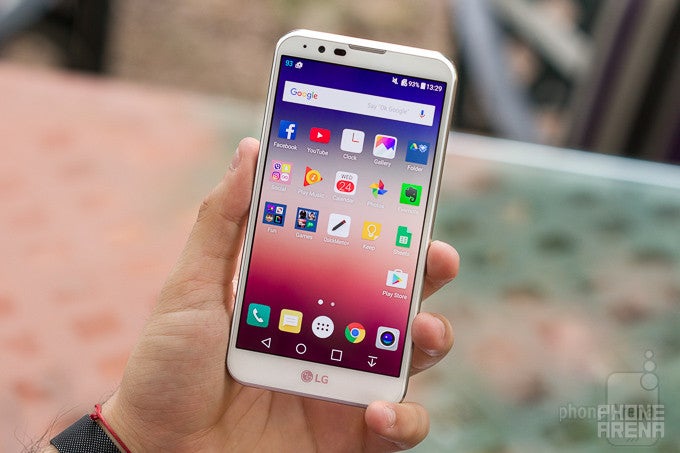
Introduction
This year, LG caught us a bit off guard by announcing a new X series of smartphones. The models span a range from the lower mid tiers to almost flagship-grade, and some also come with unique features, borrowed from the top-shelf class of the company's smartphones. For example, the first members of the family were the LG X Screen, which has a ticker display like the one on the LG V10, and the LG X Cam, which features a dual camera module on its back. Later, a second wave of devices was announced, with the X Power, X Style, X Max, and X Mach fleshing out the portfolio.
Here, we will be taking a look at the speediest of the bunch – the LG X Mach. Dressed in modest-looking build materials, it sports a Qualcomm Snapdragon 808, 3 GB of RAM, a camera with impressively wide, 1.55 μm pixels, and a QHD (1440 x 2560) screen resolution. It's almost a flagship-class smartphone, without stepping on the LG G5's toes too much, possibly aimed at those who want top-level performance, but would prefer paying less, even if it's for a less flashy-looking handset.
Design
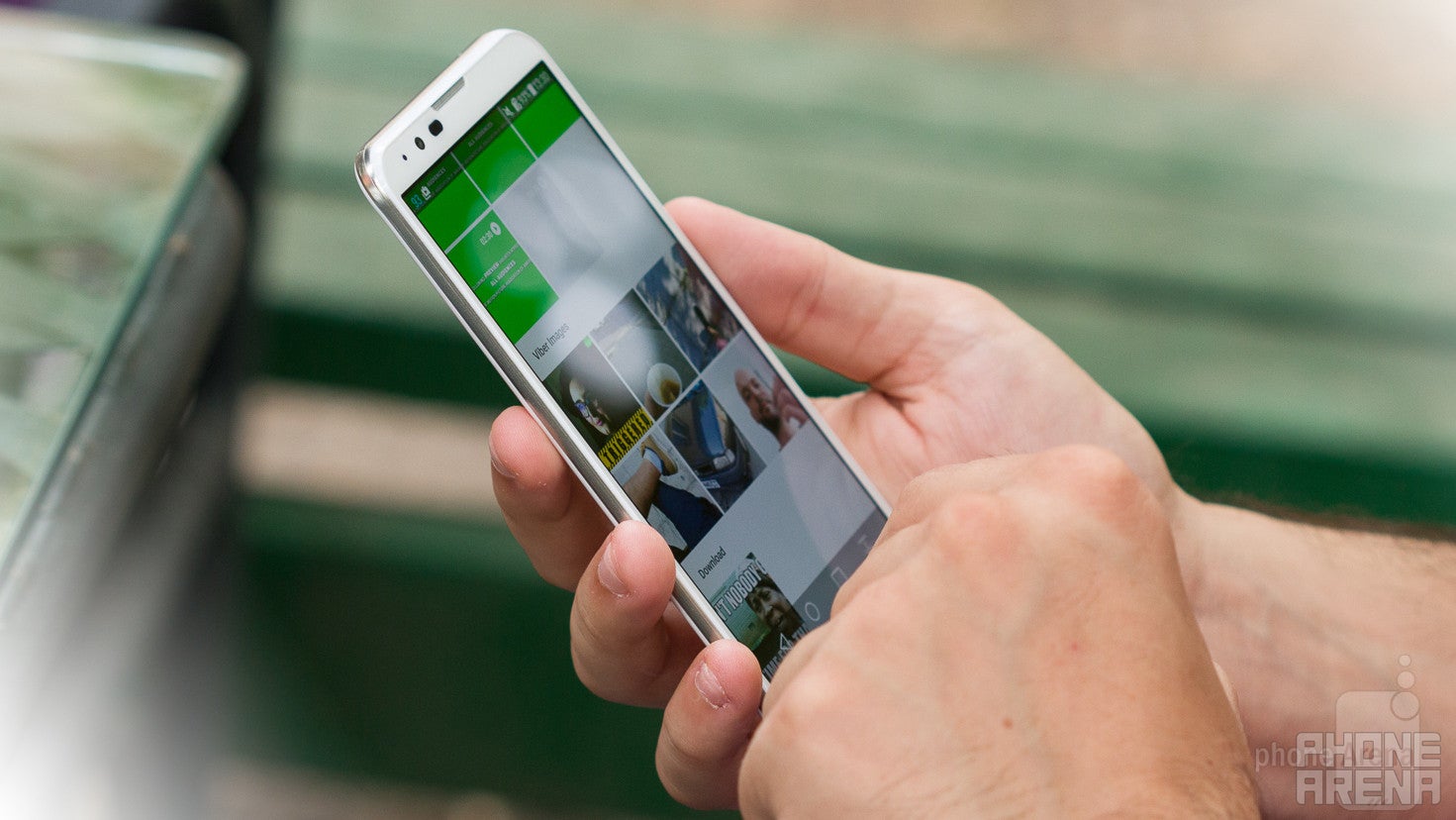
As we said, despite having hardware near to the top range, the X Mach's looks aren't what one would consider "premium" nowadays. Made mostly out of plastic, with a metal trim around its sides, it's not a jazzy smartphone. However, when handling it for the first time, one can't help but notice how comfortable it is to operate with one hand, despite its 5.5-inch screen. That's thanks to its impressively compact body size and non-slippery, rounded back.
The X Mach's power key and volume rocker are located on the back, under the camera, comfortable to operate with the index finger when the phone is in-hand, but inaccessible if it's lying flat on a table. It's definitely an acquired taste, and anyone who has used an upper-class LG smartphone in the past years has probably already decided on whether they love it or hate it for themselves. For those that haven't — rest assured that you can easily learn to use the volume buttons back there without much fiddling, but that still doesn't mean that you will learn to like the placement.
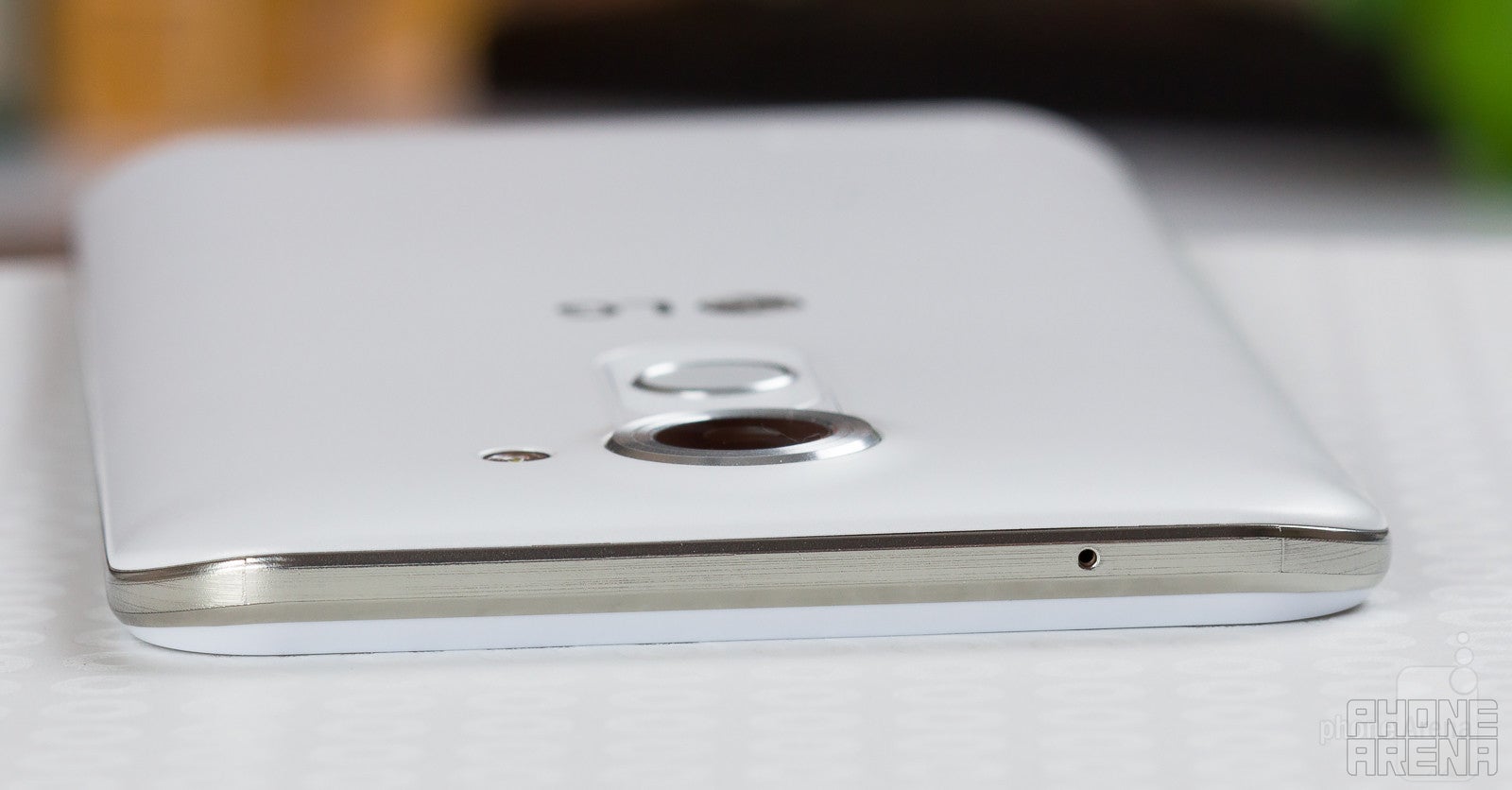
The power key has a fingerprint scanner embedded into it. It looks, feels, and performs like the one on the LG V10 — a small, circular button, which has quite a lot of wobble. It is capable of waking the phone when the user touches it with a registered finger, so you will only find yourself pressing it when you want to put the device in standby.
All in all, we really enjoy the design for its ergonomics, and we imagine anyone who wants a comfortable 5.5-inch device and doesn't care about looks will, too.
Display
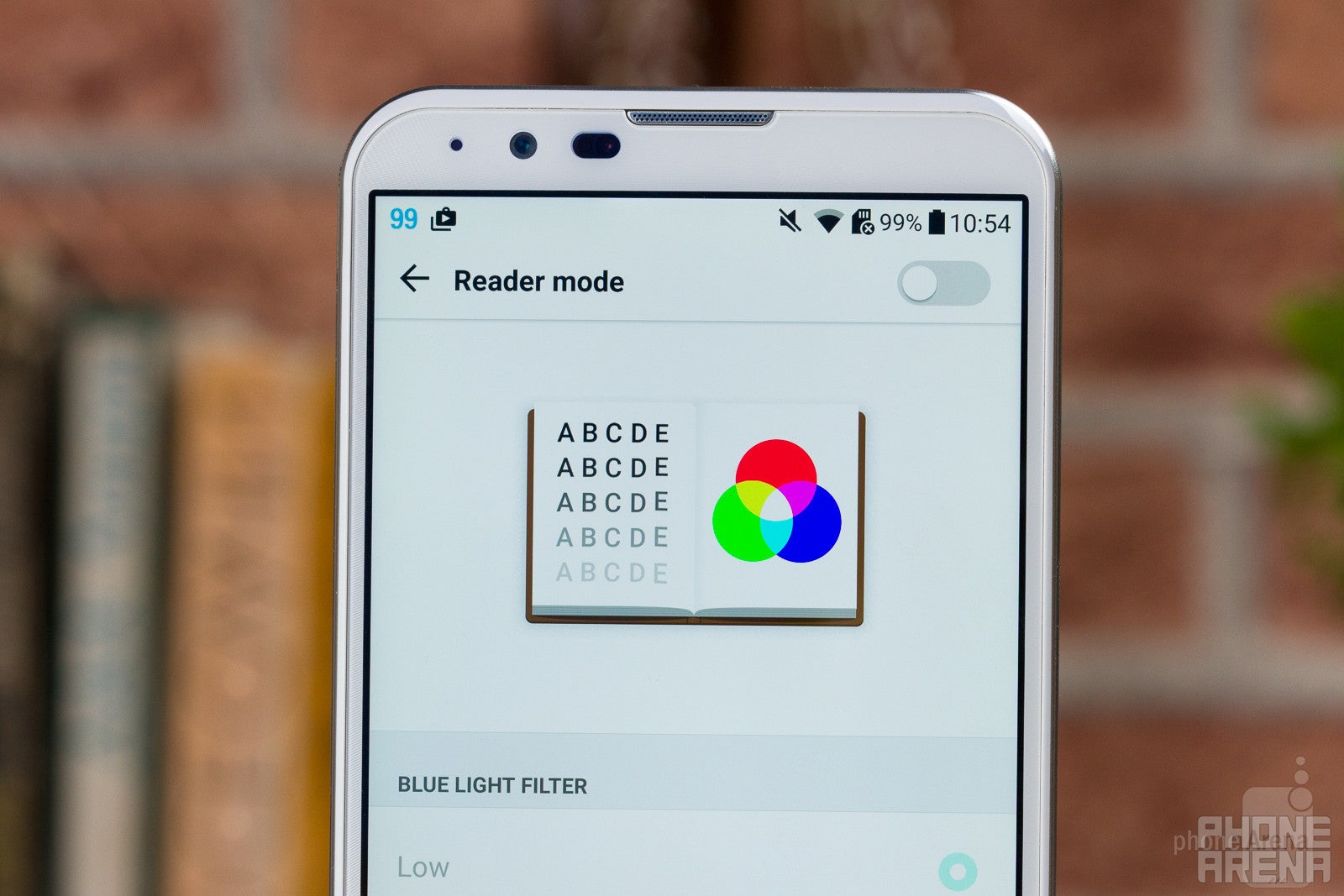
The LG X Mach sports a rather large, 5.5-inch display with a 1440 x 2560 (QHD) resolution. Needless to say, this makes for a very, very crisp image — the pixel density amounts to about 534 pixels per inch. Rest assured that you won't be making out the individual dots with a naked eye.
All its colors are, however, a bit off, with some popping over into oversaturation. The screen looks bluish and cold, though not irritatingly so. In fact, we found that one can quickly get used to and enjoy images on the display.
The X Mach's screen brightness reached 369 nits when we measured it. The phone is definitely not the best under direct sunlight and we found ourselves struggling when trying to line up a perfect camera shot on a sunny summer day. It's still on the usable side when it comes to calls and chats, but you will be looking around for shade often. The display goes down to 3 nits when set at minimum, and that's good enough to not be annoyingly bright in a bar or in the bedroom.
Interface

We are generally pleased with the version of the LG UX here. It has the looks and feel of the one found on the LG G5. Don't worry, though, there's a “Home & App Drawer” style that can easily be downloaded from the settings menu, and Dual Window has returned to make use of the 5.5-inch display!
The UI runs very smoothly on the X Mach, and the animations and soft colors are nice to behold. The organizer apps, such as Clock and Calendar, have no clutter about them and are very well presented, the dialer is beautiful as ever, though its content still does suffer from the "too big" syndrome – it just feels like the 5.5-inch display should be able to fit a lot more contacts on-screen than it does, especially when searching via the dialpad. We still encountered some issues, such as a garbled Settings menu, and a couple of bugs, which left a bad taste, but didn't break the overall experience.
As far as fingerprint unlocking goes, it's pretty fast, but sometimes doesn't get it right on the first time — we blame that on the fact that a single finger profile is only made of 7 scans, so there are some angles that remain uncovered. Still, the scanner is fast to react and it's hardly an issue – just lift the finger and tap again and you're in, the whole process takes less than a second.
So, yes, we do have a couple of gripes with the interface, but we did like using it for what it is. If feature-rich is what you are looking for, we'd say the LG UX on the Mach will not satisfy your needs. However, if you plan to use it as if it's a re-skinned version of vanilla Android — that's pretty much how it feels in the end, and you will most probably enjoy it.
Last, but not least, there seems to be an issue with the vibrating feedback on this phone. Bear in mind, our test unit is a pre-production one, so this might be a bug that's going to be ironed out a bit later, but here's our experience. There's definitely a vibrating motor inside the phone — it does go off when there are incoming calls, messages, or alarms. However, there is no way to activate vibration feedback for keyboard taps or navigational key usage. Weird, really, and we hope that it is indeed just a pre-release issue that's going to be fixed.
Processor and Memory
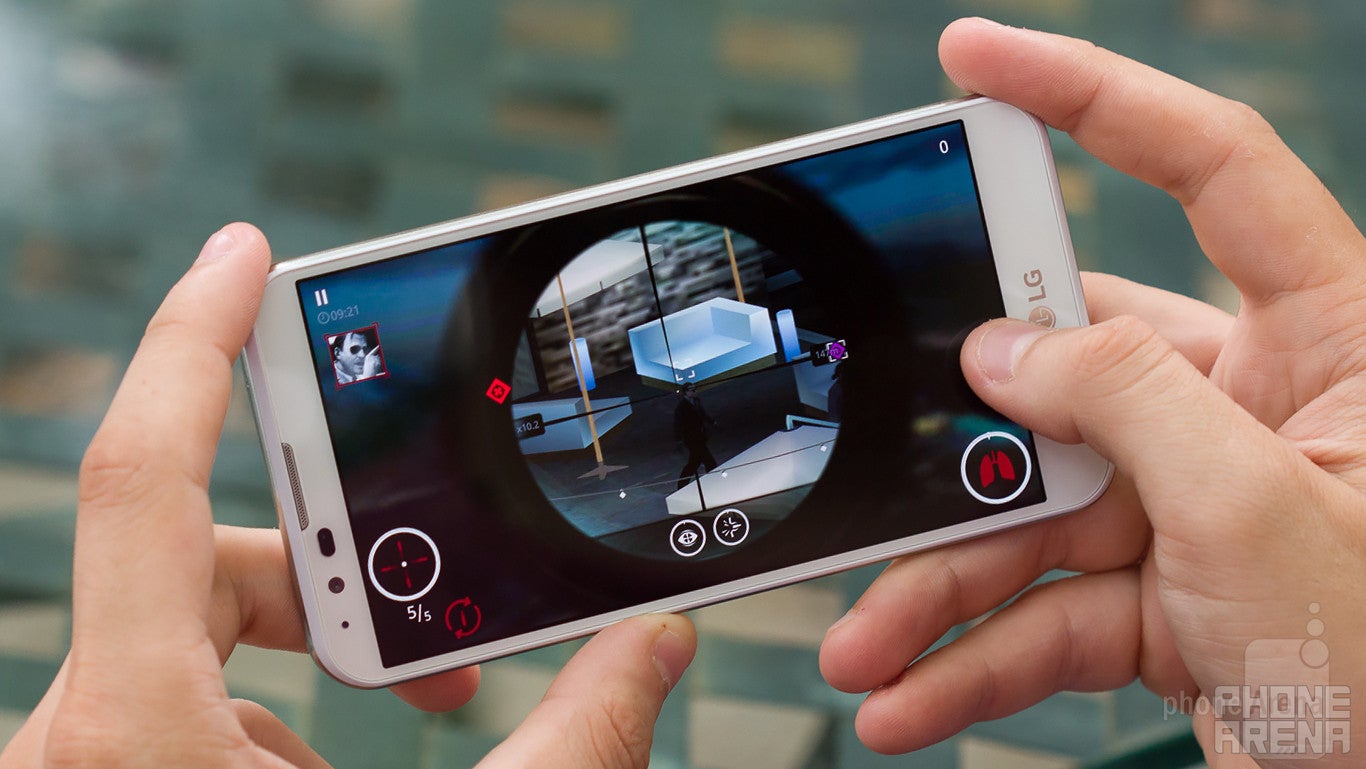
The X Mach is equipped with last year's Qualcomm Snapdragon 808 — the hexa-core SoC, which powered the LG G4 and the LG V10. In terms of navigating through the interface, opening and switching apps, and browsing through web pages, we'd say it performs very similarly to the V10 — fluid and stutter-free, generally a pleasure to use. The Mach sports 3 GB of RAM, which is a notch below the 4 GB flagship standard for 2016, but still plenty enough to ensure that a lot of processes remain loaded in the memory.
On the gaming side, you could run into a few stutters. We tested it with Hitman Sniper, notorious for chopping up on many Android phones; Vainglory, known for its rich graphics and lots of stuff happening on-screen; Angry Birds Transformers, a side-scrolling shooter with explosions and gravity-based physics, and Lara Croft Temple Run. For the most part, heavier games are perfectly playable, with dropped frames here and there, while lighter, or well-optimized ones (like Vainglory) run without a hitch. We do suggest sticking with Low and Medium settings for demanding games that allow the option, just to ensure a more fluid performance throughout.
LG gave us 32 GB of built-in storage, around 23 of which are available to the user, and there's the option to expand it via a microSD card of up to 256 GB.
Internet and Connectivity
There is no stock LG browser on board — we assume that the company is well aware of the fact that the majority of users just use Chrome, which is always bundled on an Android device. So, we naturally used Google's Chrome for all of our Web fiddling. It ran fine and opened heavy websites without a pant, while the large screen made browsing a breeze. We definitely felt comfortable using the LG X Mach for a wide gamut of tasks — from reading PhoneArena to ordering food from the local pizza place's website.
The phone supports LTE-A Cat 9 (450/50 Mbit/s) and, naturally, has NFC, Bluetooth, and Wi-Fi 802.11 a, b, g, n, ac.
Camera
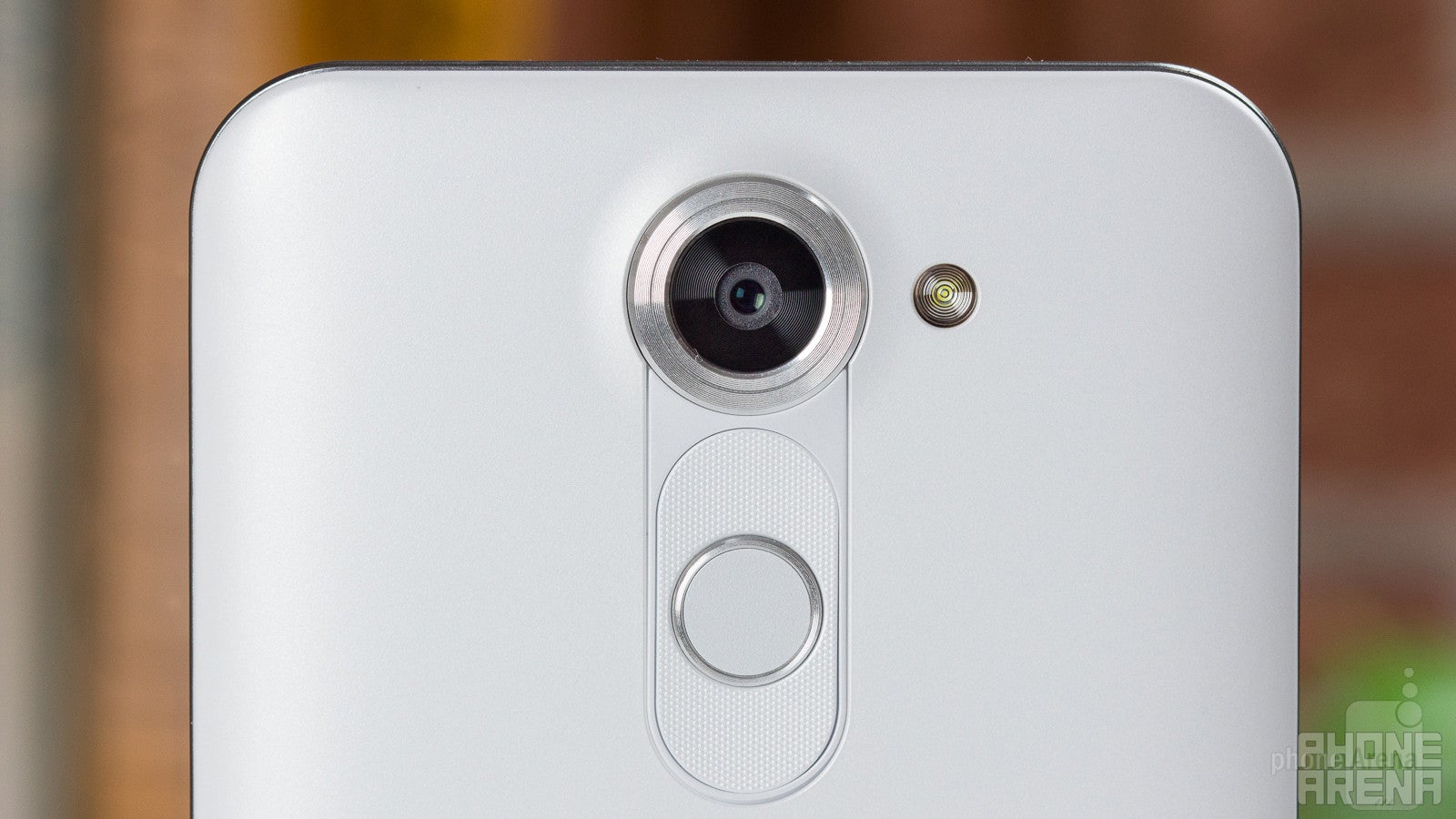
The LG X Mach's unassuming looks don't only hide a rather powerful hardware package. There's also a very impressive main camera on board. With a resolution of 12.3 MP, individual sensor pixels sized at 1.55 μm, which is quite large for smartphone cameras, and a lens aperture of F2.0, we were itching to take it out for a test drive. On the front, there's an 8 MP shooter, which also sounds impressive on paper.
The camera app is a stripped-down version of the one found on the LG G5. There's no Manual and no Simple mode, so we stuck to Auto at all times. Slow-mo, Dual (picture-in-picture effect that activates the selfie camera), Panorama, and Time-lapse make a return, and the camera supports HDR, so rest assured the basics are covered. LG's signature selfie flash screen is also back to light up your mugshots.
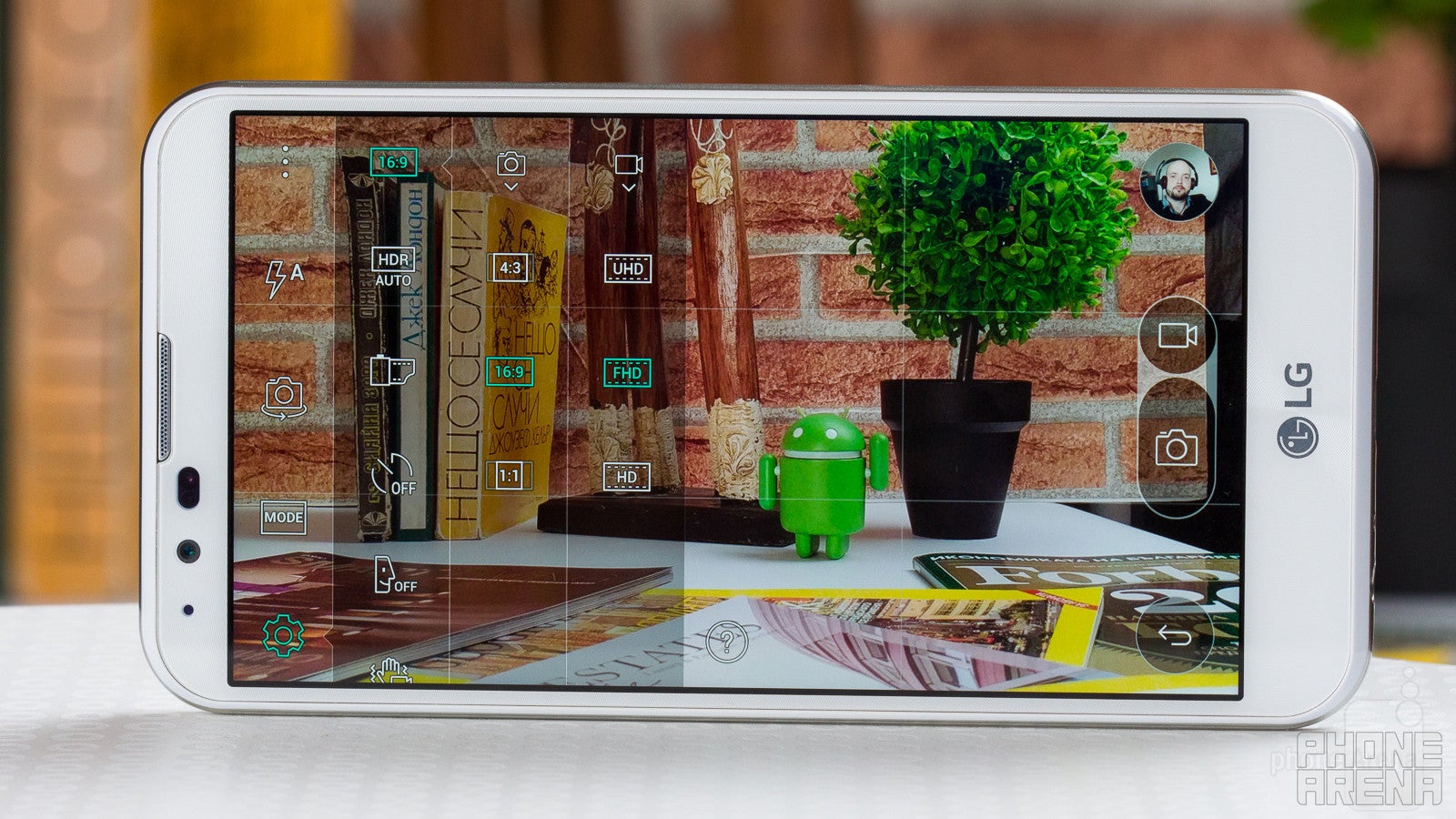
Photos taken with the LG X Mach come out with mostly accurate colors, decent detail, and good balance in dynamic scenes. If we have to get nitpicky, we'd say that sometimes, there's a bit of oversharpening going on, but considering the detail that an average X Mach snap provides, that's a very small issue. Taking good-looking shots in the bright daylight is generally a straightforward affair, though the camera sometimes picks the wrong exposure setting, or the wrong object to focus on, so some patience may be required (notice how dark picture 3 is, despite the fact that it was taken in the same garden, at the same time of day as picture 2).
HDR is also well implemented and is subtle, often making for a dynamics balance that looks almost natural. Taking HDR shots requires you to hold the phone steady for a bit longer, and this is where the camera's lack of an OIS module becomes more apparent, as it's easy to blur them.
Taking snaps in the dark is doable, courtesy of the sensor's large, 1.55 μm pixels. The user does need to take special care with the focus, though, as the camera has a bit of trouble with it when the lights go dim, and the lack of an OIS module requires the photographer to take extra care in standing still. Shots in the bar may end up a bit noisy, but they will still show sufficient detail to actually be considered memorabilia-worthy photos (check samples 22 and 23).
We aren't extremely impressed with the video recording, however. The camera struggles with maintaining focus over longer periods of time, which isn't a big problem when taking a single photo, but becomes annoying when watching it “breathe” in and out of focus on video. Exposure also seems to dance around its target, often for no apparent reason. There is continuous auto focus, which does eventually hone in on the object that you want to be shooting, but it takes a while. The sound of the clips is detailed, but lacks in depth.
The selfie camera definitely left us wanting more. Firstly, it too suffers from poor focus decisions, but even more prominently so, and you may end up with a selfie where the wall behind you is crisp and clear, but your face is blurred (sample 34). Shots taken with the front camera are much less vivid, and appear washed out and uninspiring. Also, when the light drops, so does the selfie cam's performance — significantly.
Multimedia
For music consumption, you've got your standard player app with a built-in EQ, and an FM Radio app. The phone's loudspeaker is not the best for prolonged listening to anything however. It gets loud, and it sounds impressively detailed, but there's almost no depth to it. Great for ringtones, notifications, and alarms, not so much for music.
We tested multiple video formats on the LG X Mach and mostly couldn't stump it, though it's worth noting that it couldn't read our DivX file properly, and it absolutely did not recognize the MOV file. Still, most popular formats run fine, and the 5.5-inch display lends itself well for clips and videos. According to the spec sheet, the formats you should load on the phone are MPEG4, H.263, H.264.
Call Quality
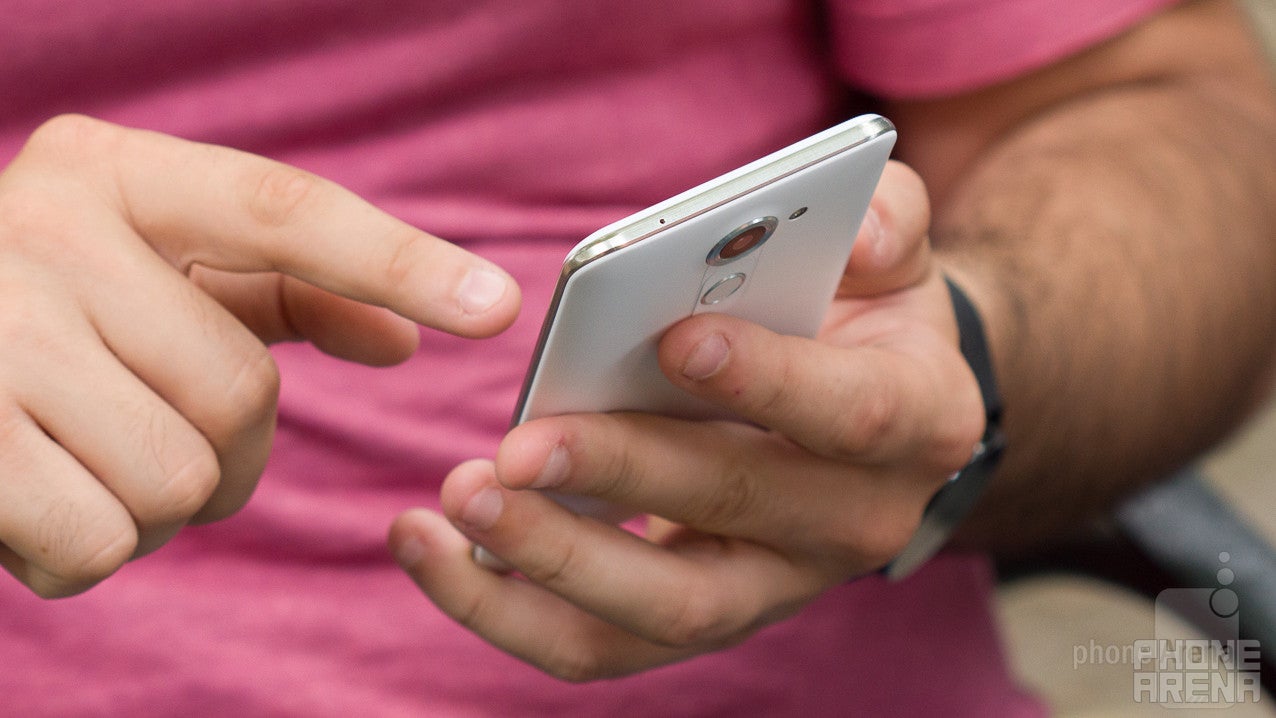
We did enjoy using the LG X Mach for calls — caller voices came through clear, loud, and detailed. Parties on the other end got similar results, and no caller ever complained from a lack of volume, or asked us to repeat anything due to not getting it the first time.
Battery Life
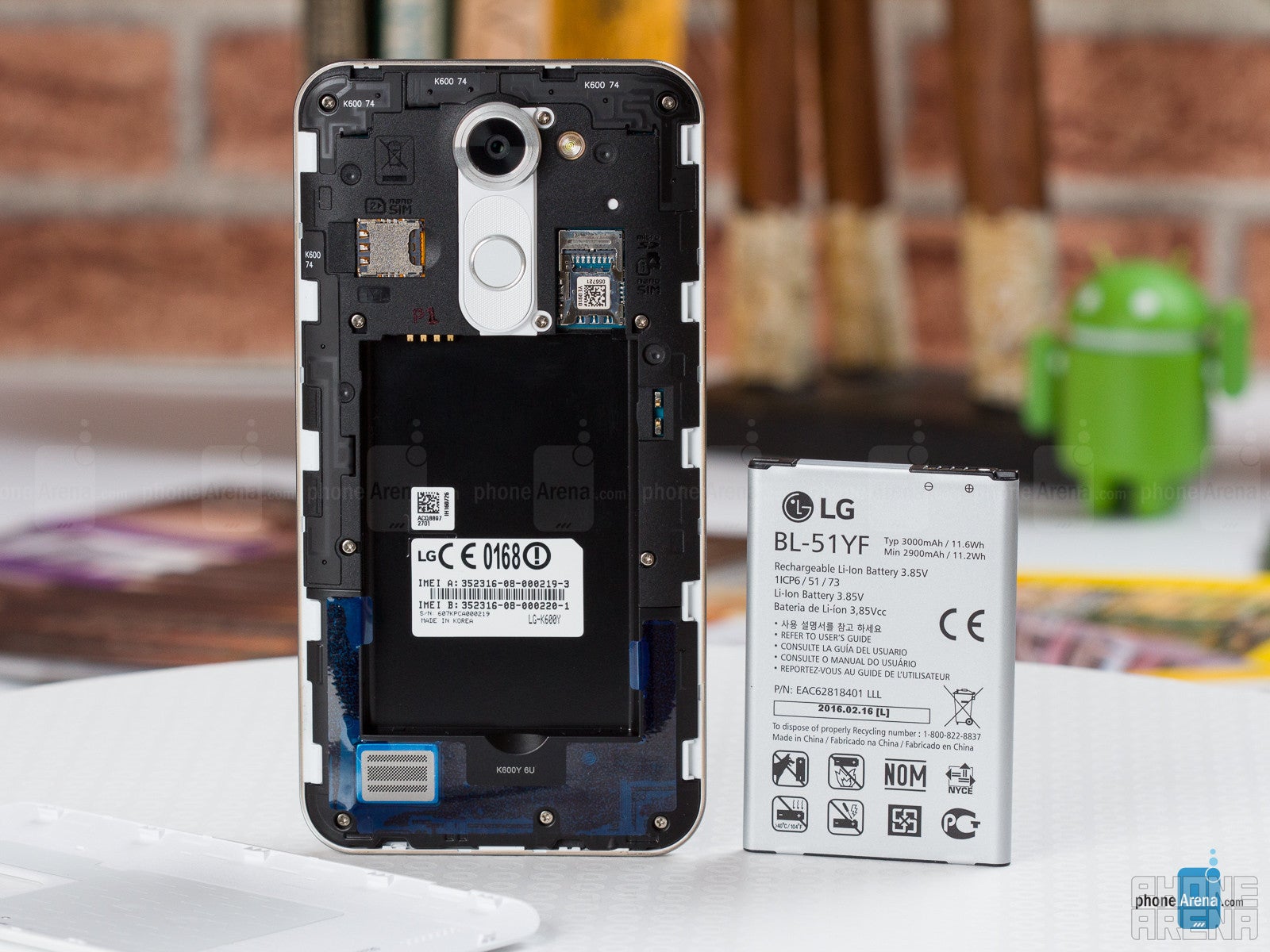
Don't be quick to discard it, however. We used the LG X Mach for a full weekend where it was on a strict “One charge per day” diet, and was able to pull through from mornings to late nights with regular usage – YouTube, web-browsing, chats, calls, and, of course, photos. Power Saving mode did help out. Additionally, adherent to LG's style, the battery is user-replaceable, so you could pop in a spare if it comes to that.
Conclusion

So, what is the LG X Mach and where does it sit? We see it as kind of a modernized G4 — it does have the same internals, but also a fingerprint scanner, and the new LG UX interface. All while it shies away from the “premium” build materials, which have become sort of a craze nowadays. We are pretty certain that there are users out there that still appreciate a comfortable, matte plastic-covered smartphone, and the LG X Mach may be just what they have been waiting to upgrade to.
Unfortunately, LG has still not disclosed how much it's going to sell this handset for, so we are still a bit conflicted on where to place it. If it ends up costing around $400 at launch, with its price gradually rolling off, it will probably be on the list of phones we recommend to whoever asks us for a quality midranger. However, if it costs north of $450, we'd still consider the LG V10 to be a better deal, due to its extra features, such as directional microphones, manual mode for the camera, and its extra gigabyte of RAM.

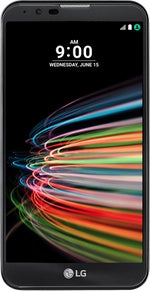

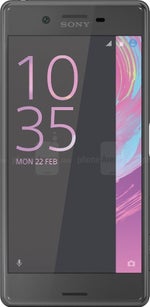























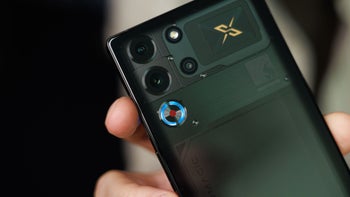


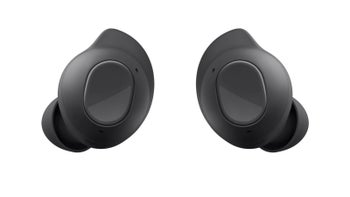
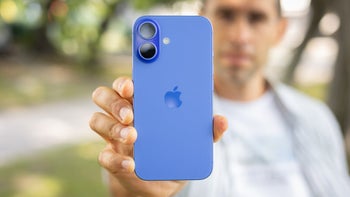


Things that are NOT allowed: